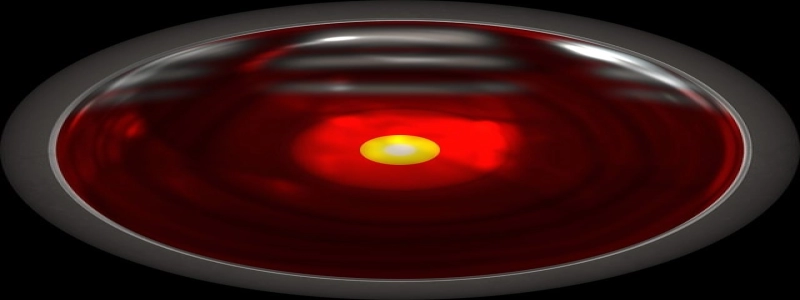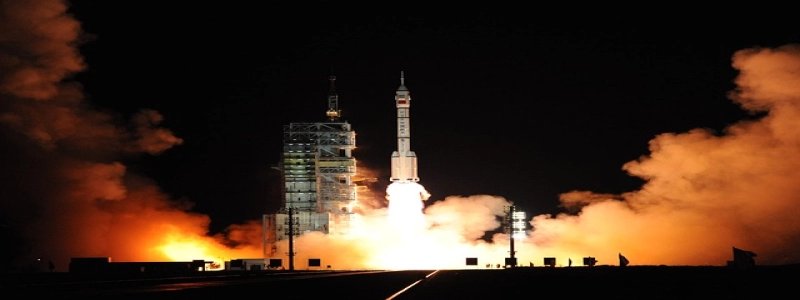[mhz to wavelength]
I. Introduction
In the field of telecommunications and radio frequency engineering, it is common to encounter measurements and calculations involving the frequency of a signal. One important concept that often arises is the conversion between megahertz (MHz) and wavelength. This article aims to provide a detailed explanation of this conversion, its significance, and how it can be performed.
II. Megahertz (MHz) and Wavelength
A. Definition of Megahertz
Megahertz is a unit of frequency that equals one million cycles per second. It is commonly used to measure various types of signals, including radio waves, television broadcasts, and computer processors. The symbol for megahertz is MHz.
B. Definition of Wavelength
Wavelength refers to the distance between two consecutive crests or troughs of a wave. It is usually denoted by the Greek letter lambda (λ). Wavelength is inversely proportional to frequency, meaning that as frequency increases, wavelength decreases and vice versa. In other words, the higher the frequency, the shorter the wavelength.
III. Conversion Formula
To convert megahertz to wavelength, we can use the following formula:
Wavelength (in meters) = Speed of Light (m/s) / Frequency (in hertz)
It is important to note that the speed of light is approximately 299,792,458 meters per second (m/s).
IV. Example Calculation
Let’s consider an example to illustrate the conversion.
Given a frequency of 100 MHz, we can calculate the corresponding wavelength as follows:
Wavelength = 299,792,458 m/s / 100,000,000 Hz
≈ 2.9979 meters
Hence, a signal with a frequency of 100 MHz has a wavelength of approximately 2.9979 meters.
V. Significance of the Conversion
Understanding the relationship between megahertz and wavelength is crucial in various areas of engineering and physics. It allows us to analyze and design antenna systems, predict signal propagation characteristics, and optimize wireless communication networks. Furthermore, it helps engineers in the development of radar systems, satellite communications, and microwave engineering.
VI. Conclusion
In conclusion, the conversion between megahertz and wavelength plays a vital role in telecommunications and RF engineering. By knowing this conversion, professionals can better understand the behavior of signals, design efficient systems, and solve complex engineering problems. With the formula and examples provided in this article, readers should now have a solid foundation for performing these conversions effectively.








